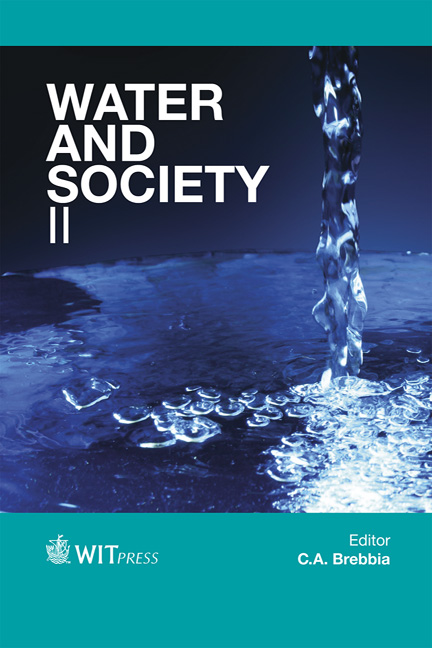Integrating Mobile Bed Numerical Modelling Into Reservoir Planning Operations: The Case Study Of The Hydroelectric Plant In Isola Serafini (Italy)
Price
Free (open access)
Transaction
Volume
178
Pages
13
Page Range
63 - 75
Published
2013
Size
1,062 kb
Paper DOI
10.2495/WS130061
Copyright
WIT Press
Author(s)
D. Bernardi, S. Bizzi, S. Denaro, Q. Dinh, S. Pavan, L. Schippa & R. Soncini-Sessa
Abstract
This work aims at integrating the understanding of the river geomorphic dynamic into the planning of reservoir operation rules. The case study is a 112 km long reach of the Po river in Italy, from Piacenza to Boretto. The Isola Serafini (IS) gate has served a large run-of-the-river hydroelectricity plant since 1962. The dam blocks a relevant amount of sediments and is the cause, together with intense sand mining, for the river bed incision immediately downstream that has made several navigation and irrigation devices unusable during low flow periods, leading to expensive and recurrent works to restore their functionality. The operational rule of the IS gate was modelled using 4 parameters and a number of experiments were simulated adopting alternative operating policies over a 10- year period. A 1D hydraulic numerical model with mobile bed has been used to estimate bed degradation trends. The results show that there is space for a meaningful trade-off between the conflicting objectives of hydropower production and reduction of river bed degradation. The analysis provides operative rules able to effectively tackle river bed incision with moderate loss in hydropower production. Keywords: multi-objective water resources management, fluvial geomorphology, 1D hydraulic modelling.
Keywords
multi-objective water resources management, fluvial geomorphology, 1D hydraulic modelling





